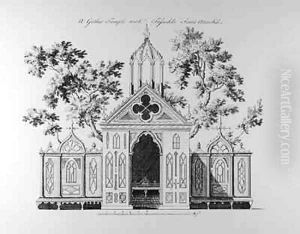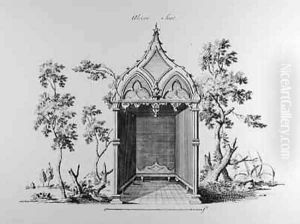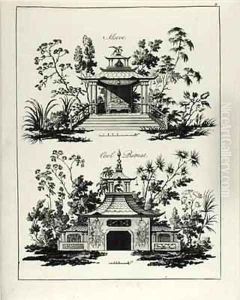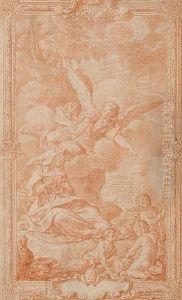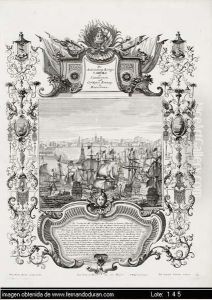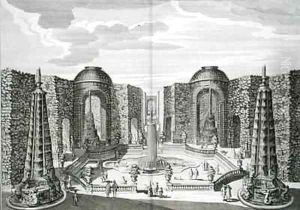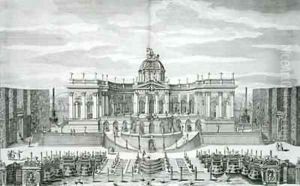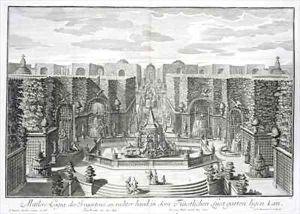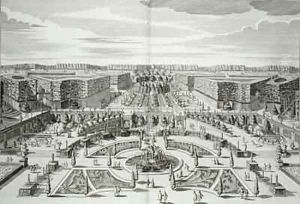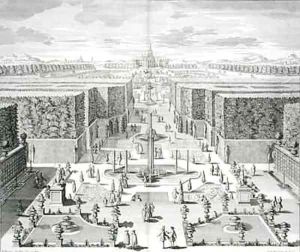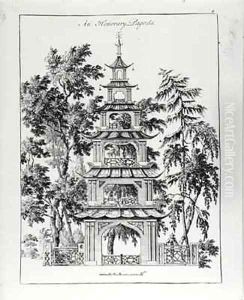Paul (the Elder) Decker Paintings
Paul Decker the Elder was a German Baroque architect, engraver, and architectural theorist. Born in Nuremberg in 1677, he was one of the notable figures in the world of architecture during his time. Decker's career was primarily based in Germany, and his works contributed significantly to the Baroque style that was prevalent in European architecture during the 17th and early 18th centuries.
Decker is best known for his detailed architectural engravings and designs, which were widely distributed and influential. His engravings showcased not only the grandeur and complexity of Baroque architecture but also provided a resource for other architects and craftsmen of the period. His most famous work is 'Fürstlicher Baumeister,' or 'The Princely Architect,' a two-volume work published in 1711 and 1716, which includes a wide range of architectural designs and details.
Although Decker did not leave behind a significant built legacy, his influence was felt through his publications, which disseminated the Baroque aesthetic and contributed to its popularity throughout Europe. Decker's theoretical approach to architecture also played a role in the development of architectural education, as his works were used as textbooks by those looking to learn the principles of Baroque design.
Paul Decker the Elder died at a relatively young age of 35 in 1712. Despite his short life, his work had a lasting impact on the field of architecture and continued to be studied and admired by architects and scholars. His son, Paul Decker the Younger, also became an architect and continued his father's legacy in the architectural field.
